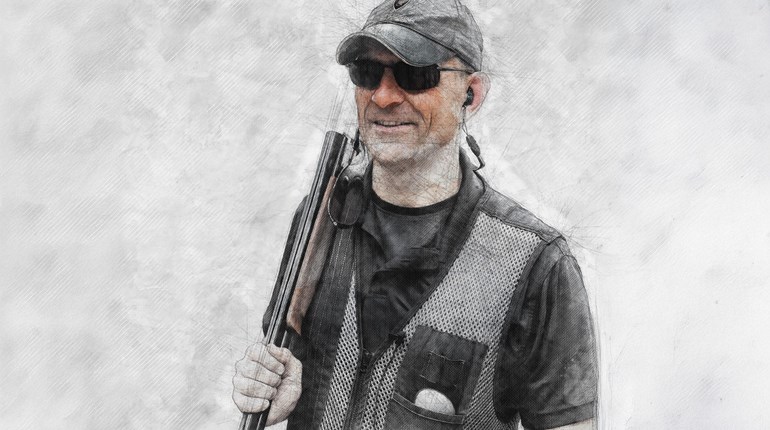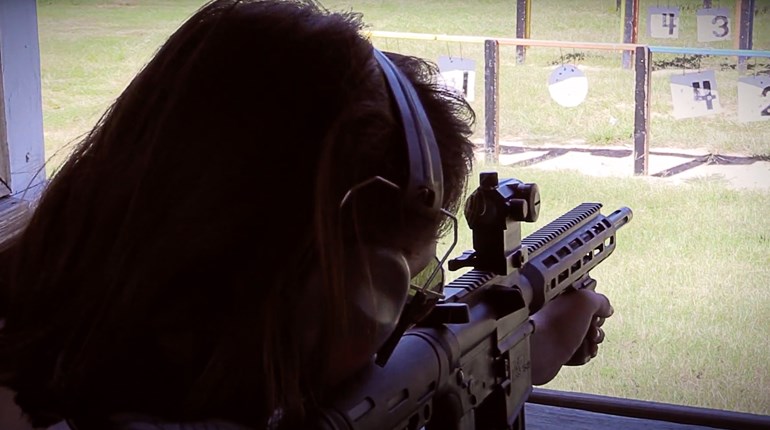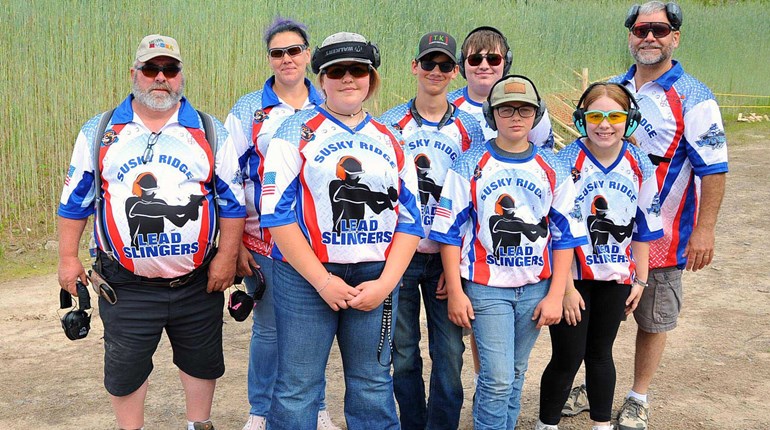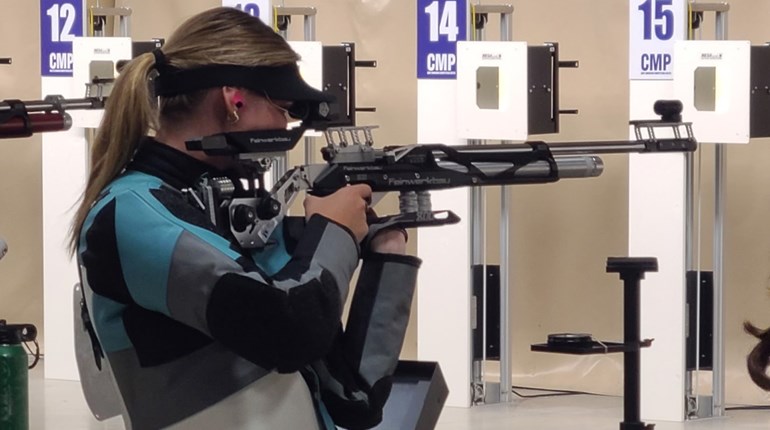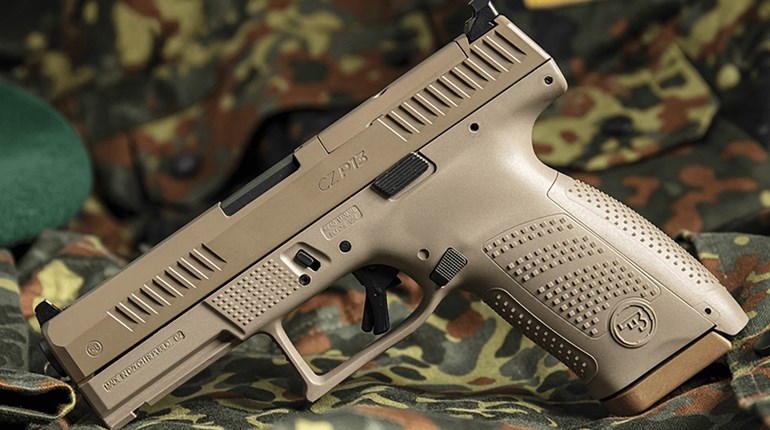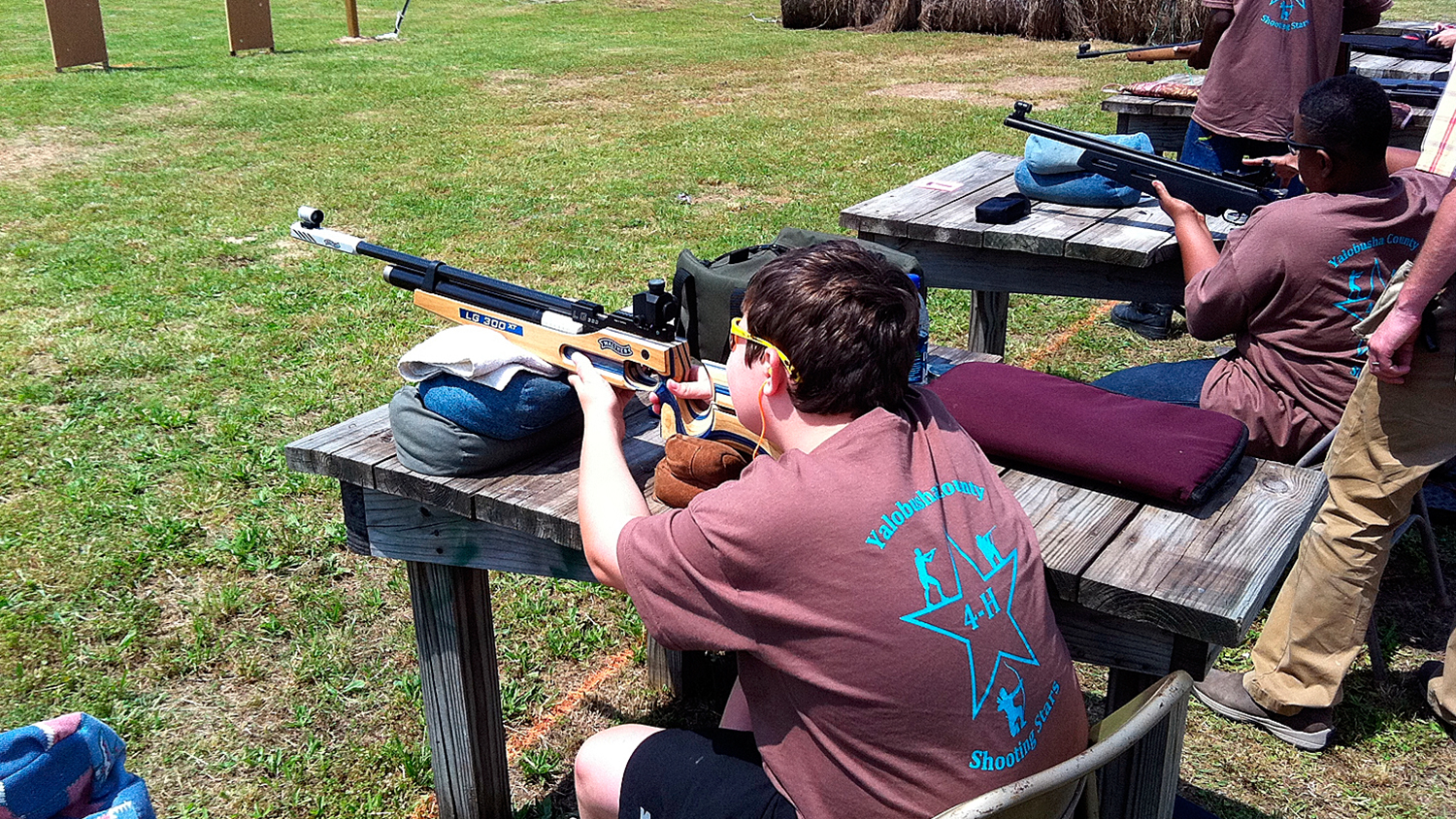
Note: I don’t represent any shooting organization or have any qualifications to give any certified advice. I’m just a father who’s been through shooting sports with some success, and one who’s helped his sons, and a few others, through the same, also with some success. I learned many things the hard way, and I did my best to short-circuit that part of the process for those in my future.
The focus will be on the start, and by that I mean the age where shooting is introduced and advanced. I can’t name an exact age because that might vary greatly depending on the kids, the parents, and available opportunities, but I am not talking about older kids, 15 and older, those who are fully capable of contesting conventional adult oriented shooting sports competitions.
A colleague once told me “There’s a difference between raising kids, and racing kids …” and, as a new father with a strong competitive bent, it stuck with me. I recollected and considered that question with each new opportunity or idea for a sporting adventure for my sons. Part of the gist of that statement is to allow kids to learn and develop on their own, with guidance, and not dictate all aspects and forecast all outcomes to them. Therefore, don’t suggest cures for problems that don’t yet exist, and don’t ever tell them that anything is difficult.
Since they are my sons, I suppose it was inevitable that they experience competitive shooting. It’s not at all wise or fair to relive your life through your children, but, dang, you also should teach them what you know about. I hoped also that they not only could learn from my mistakes, but more importantly that I could learn from my mistakes. If we measure success via conventional standards, neither of my sons have known the experience of a second-place finish, so I guess I was successful.

Unfortunately, neither of them continued with shooting for various reasons, and the main one was finding something of their own choosing that mattered more. So maybe that’s a fail. However, they tell me, and I see, that their experiences in the pursuit of a perfect target taught them a whopping lot about being self-successful in another avocation. And what might that be? The same learning process and analytical exploration that took them to fire a center-10 also took one to professionally shredding the fool out of an electric guitar, and the other to pouring out triplets right behind big brother on a drum kit. Right. They went to music, and they dang sure didn’t learn that from me.
I was not in a hurry to get my sons involved in shooting. I was in a hurry when I was a kid, but I deliberately stayed off their initial exposure until, mostly, my eldest had matured enough to be trusted to listen and cooperate and then I started him on air rifle.
I don’t think kids should experience as much as a .22 rimfire until they’re at least beyond 10 years, but 12 is better. No handguns, rifles only. Safety is primary. A rifle is a bigger, longer package and not as encouraging of unintentionally careless handling. The reason against the .22 has also to do with safety, because, no doubt, .22 is lethal. All the safety skills can be habituated with an air gun first. Next is noise. Recoil is not the only factor in what amounts to fearful shooting, which is ignition-influenced flinching. It’s noise. Of course, recoil is a factor, and still is with me.
There is no question in my mind that good equipment makes good shooters, and it’s for more than the obvious. Right. A very accurate rifle will “automatically” reduce a group size and create a higher on-target score, but that’s not what I’m talking about. I’m talking about feedback and learning. If the shooter knows the rifle will group smaller than a human can hold it, then it’s very easy to make corrections. Like most, I started them off with a major-maker “match” rifle. My best efforts with their first rifle produced nearly seven ring-sized groups (this is the AR-5/10 target as used in the 4-H Shooting Sports Program). That meant that a 10 or an eight could result from the same hold quality. Not only is that totally confusing when kids are learning about shooting mechanics, sight adjustments, and making compensations, but it's plain unfair. Even my basic math skills tell me there’s a likelihood that a 10-round perforation collection could score 80 as a high, when there was better execution involved.
I turned to something from across the pond, namely a Walther LG300. I can tell you that investing in a truly capable rifle will accelerate the skill-building phase many times over, as well as increasing the satisfaction and pride the child will experience. Some young shooters are very good, but sadly, they might never know it. Nothing succeeds like success.
So, after zeroing, it didn’t take but a handful of tries before Matthew, my oldest, was calling his own shots, accurately. He learned what a centered sight looked like, and then started teaching himself how to maintain it all through the shot. He learned that pressures he put on the rifle influenced shot impacts, as did small changes in positioning (face on the stock, for instance). He learned when he did and when he didn’t follow through and he learned when he did and when he didn’t find his natural point-of-aim. I clued him into watching for these things, but he taught himself because the feedback was that clear. The second session with his Walther he shot his first clean target. Then he just kept doing it … He was only eight.

Charlie came along next. Different approaches to most everything entirely. Matthew was more deliberate, with an ability to build and then maintain concentration for a long time. Charlie was more impatient, but capable of intense focus in a very short time. They each found their own pitfalls. Matthew learned to back out of a shot that had been over-held; Charlie learned to take a few more seconds to see what he needed to see clearly. Thing was, again, they taught themselves all this. The precision built into their rifle let them experience that crucial reward, that success that increases enjoyment and confidence.
But again, returning to the essential point: The reason they both progressed so quickly and so thoroughly was because, if the shot was not a center-10, they had made an error, and saw exactly in which direction the error manifested itself. With the Walther, everything became defined. It was a self-help tool.
Fortunately, there are good rifles available that don’t cost like the German-made products, so it doesn’t have to be a world-standard to score a 10, just a solid step up from the base competition models. But getting into the rules and regs, a high-end air rifle competes in a different class (Precision), so that also might be a factor in your choice. A Sporter class rifle has a price and a weight limit but, we weren’t concerned with which class to compete in—I was only concerned with teaching my kids how to shoot. My sons also won all the Sporter competitions using club-supplied rifles, and even though these rifles wouldn’t group near as well, they figured out how to zero the sight to center the group. The holding skills and awareness of the rifle’s limitations ran their scores up as high as the rifle would take them. They each had the confidence to know they were breaking centered shots.

However, with regards to shooting, I suggest starting off with a rested rifle, bagged on the forend and the buttstock undersides. Save position (self-supported rifle) shooting for later. Wait until strength is sufficient to maintain a steady rifle. A rested rifle lets a child focus on the essential elements of shooting: hold quality, sight position, and trigger break. It’s also safe, and a great place to instill safe handling skills, as long as the supervisor tolerates zero slack because of the stationary rifle. In the beginning, neither of my kids knew that guns could have safeties. I later told them that they were the “safety.” This might sound like it’s coming out of left field, but I strongly believe that all firearms would be effectively safer if none of them had safeties. An empty and open action is the best safety, and keeping the finger off the trigger until the sights are on the target.
Overall, just remember, never allow a shot not viewed from a perspective through protective eyewear. In addition, some programs require the use of hearing protection to get in the habit, not so much to protect the eardrums from air rifle racket.













